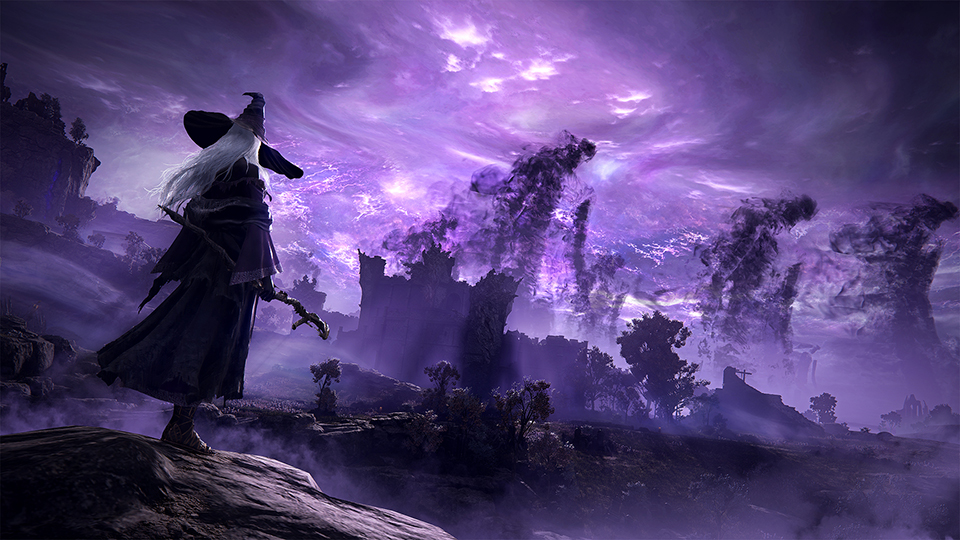
1. Souls-Like Games: Design Innovation in Challenge and Achievement
Souls-like games—an influential branch of action-RPGs—are known for their high difficulty, dark aesthetic, intricate level design, and minimal hand-holding. Representative works such as Dark Souls, Bloodborne, Sekiro: Shadows Die Twice, and ELDEN RING have each built distinctive worlds that commonly explore themes of suffering and perseverance. These games rely less on player talent as a given and more on growth through repeated failure, player learning, and mastery.The rise of Souls-likes represents a departure from the conventional low-barrier, high-guidance model: instead, the combination of punishing challenge and the reward of overcoming it has won fans worldwide. Beyond gameplay, these titles also display powerful social-sharing dynamics—spectacular boss fights and dramatic comebacks spread rapidly on social media, generating organic exposure and sustained buzz. From a commercial standpoint, mechanics that naturally generate user-created content and conversation are highly attractive and can provide long-term visibility.

2. Cultural Resonance in a Global Era: The Challenge of Expression
However, mechanical and narrative innovation does not automatically translate to global success. Players from different cultural backgrounds interpret and accept game elements in varied ways, which raises the bar for how content is presented across regions. Some Japanese titles that underperformed at home have found unexpected success overseas; this disparity often stems from a mix of cultural interpretation, localization choices, distribution strategy, and community engagement.True global expression goes beyond literal translation. Delivering a line of dialogue, conveying a culturally specific concept, or preserving tonal nuance all require precision. Faithfully reproducing mood, register, and context is the key to enabling players from different cultures to connect with the work.

3. The Critical Role of Localization in Content Transmission
The global resonance of Souls-likes depends not only on design and narrative quality but on how accurately players from other cultures understand them. These works typically contain dense text, cultural metaphors, and philosophical undertones; if local versions rely on word-for-word conversion without addressing cultural context and emotional tone, player experience suffers.Localization is therefore central to effective content transmission. High-quality localization does more than convert language: it reconstructs equivalent emotion and cultural resonance in the target language by deeply understanding the game’s design philosophy, character voices, and worldbuilding. Consistent terminology, natural dialogue, and faithful atmosphere reproduction all directly influence player immersion.
Concretely, professional localization should at minimum address the following layers:
Each step requires cultural judgment and sensitivity to remain true to the original while integrating the work naturally into the target market.
- Cultural adaptation: Ensure metaphors, jokes, and historical references are meaningful in the target culture.
- User-interface adjustments: Make commands, menus, and prompts clear and aligned with local conventions.
- Regulatory and compliance checks: Verify that content meets regional legal and ethical standards.

Original article link: https://www.ali213.net/news/html/2025-8/951363.html
Article source:游俠網(wǎng)
Image source: FROMSOFTWARE
Copyright notice: The content of this article comes from 游俠網(wǎng) and images from FROMSOFTWARE. This website does not have the ownership and will not bear relevant legal responsibilities. The information in the article only represents the author's views, not the official position of Glodom. The content is for reference and learning by netizens only. If there is any infringement, please contact info@glodomtec.com to request deletion!


